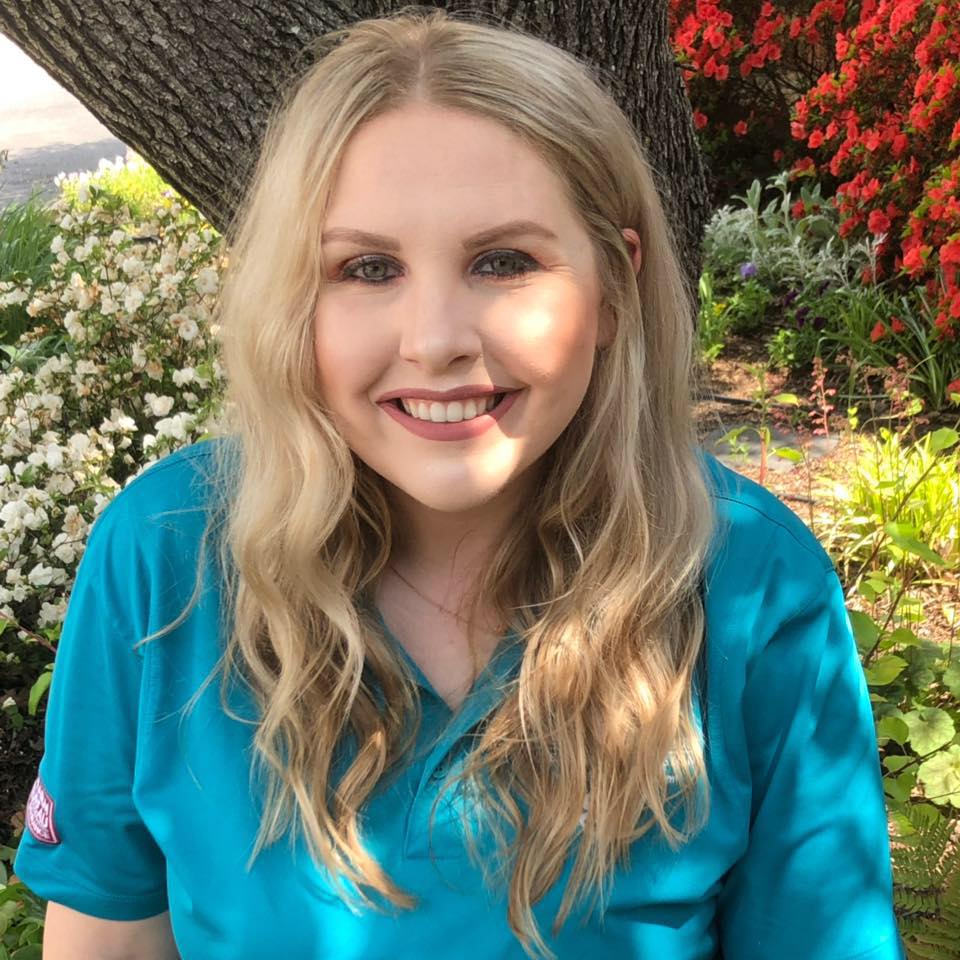Developmental Milestones to Watch for: First 6 months
There has been nothing in life I have enjoyed as much as I have enjoyed being a mom
the last 6 months. Here are milestones to watch for at two, four, and six months.
 I have been a mom now for half a year. Magnolia turned 6 months old earlier this week
and what a joy she has been. She is a happy girl and brings happiness to all that
know her. It is so fun to watch her grow, learn, and develop into an intelligent little
lady. Each month babies hit new milestones to show they are developing properly.
I have been a mom now for half a year. Magnolia turned 6 months old earlier this week
and what a joy she has been. She is a happy girl and brings happiness to all that
know her. It is so fun to watch her grow, learn, and develop into an intelligent little
lady. Each month babies hit new milestones to show they are developing properly.
These are developmental milestones to watch for at each age. All children learn and
develop at different rates. There may be some things that your child does sooner and
there are some they may do late. Talk to your doctor and they will help you to know
what a concern is and what isn’t.
2 Month Milestones:
At 2 months of age, you will notice your baby will begin to smile at people, briefly
calm self, and tries to look at parent.
Your baby will coo and turn head toward sounds.
They will start paying attention to faces, follow things with eyes, recognize people
at a distance, and acting bored by crying or fussing if activity doesn’t change.
Tummy time is important for all babies to build neck strength. Your baby can hold
head up and begin to push up during tummy time. Their movements with their arms and
legs will be smoother.
The CDC says to speak with your doctor if you child doesn’t respond to loud sounds,
doesn’t watch things as they move, doesn’t smile at people, doesn’t bring hands to
mouth, or cant hold head up when pushing up during tummy time.
4 Month Milestones:
At 4 months of age, your baby will smile spontaneously, especially at people. Your
child might like to play with people and may start to cry when the play stops. They
will begin to copy some movements and facial expressions.
At this stage, you will notice your baby babbling. They will babble with expression
and may copy the sound they hear. Your baby will cry in different ways to show hunger,
pain, or being tired.
Your child will let you know if they are happy or sad and will respond to affection.
Babies at this age will begin to use hands and eyes together like seeing a toy then
reaching for toys with one hand. 4-month-old babies follow movement with eyes from
side to side. They watch faces closely and recognize familiar people and things at
a distance.
Babies will hold head steady and unsupported. They may be able to roll over from tummy
to back. They can hold a toy and shake it and hit at dangling toys. Babies at this
stage will bring hands to mouth and explore other objects by bringing them to their
mouths.
According to the CDC, you should talk to your child’s doctor if at 4 months old they
don’t watch things as they move, doesn’t smile at people, or doesn’t coo/make sounds.
If your baby can’t hold head steady, bring things to mouth, or doesn’t push down with
legs when feet are placed on a hard surface, you should tell your doctor. Lastly,
if your baby has trouble moving one or both eyes in all directions, let your doctor
know.
6 Month Milestones:
At 6 months of age, your baby will know familiar faces and will know if someone is
a stranger. Babies at this age like to play with others. They can respond to others’
emotions and often will seem happy. They like to look at their face in a mirror.
6-month-old will respond to sounds by making/mimicking sounds. When they babble, they
will make vowel sounds and begin to use constant sounds. Likes taking turns with parents
while making sounds. An important part of developing language is talking to your baby
and reading them books. Babies can respond to name and make sounds to show joy or
displeasure.
Your child at this stage will bring things to mouth to explore. They will look around
at things near to them, show curiosity about things and try to get to things out of
their reach. When holding things, they will be able to pass things back and forth
from one hand to the other.
Babies will roll over in both directions, front to back and back to front. They will
begin to sit without support. While they stand, they will support weight on legs and
might bounce. Babies will rock back and forth, sometimes crawling backward before
moving forward.
The CDC says you should talk to your child’s doctor if they don’t try to get things
that are in reach. If your baby doesn’t show affection for caregivers, doesn’t laugh
or squeal, or doesn’t respond to sounds, you should talk to your doctor. Another reason
to contact your doctor, if you baby has difficulty getting things to their moth, doesn’t
make vowel sounds, or doesn’t roll over in either direction. Lastly, a sign to contact
your doctor is if you baby seems stiff with tight muscles or seems very floppy like
a rag doll.
All babies hit developmental milestones at different rates; you shouldn’t compare
your baby to another, even if it’s one of your other children. Stay in contact with
your child’s doctor and communicate any concerns you have at any time.
For more information on developmental milestones, check out the CDC’s website at https://www.cdc.gov/ncbddd/actearly/milestones/index.html.
Another great resource is the University of Delaware’s Just in Time Parenting Newsletter.
To check it out, head on over to sites.udel.edu.
Torrie Smith, Carroll County Extension Agent for Family and Consumer Sciences/4-H
shares information on about living well, saving money, and sharing tips to make life
better and easier for the everyday person. I release videos on my Facebook Page will
be providing more information about them here on this blog.
You can find me on Facebook:Torrie's Top Tips with Torrie Smith, on Instagram: Torrie's Top Tips or on Pinterest: Torrie's Top Tips. If you have any questions, feel free to email me at tsmith@uada.edu. I’d love to hear from you!

 I have been a mom now for half a year. Magnolia turned 6 months old earlier this week
and what a joy she has been. She is a happy girl and brings happiness to all that
know her. It is so fun to watch her grow, learn, and develop into an intelligent little
lady. Each month babies hit new milestones to show they are developing properly.
I have been a mom now for half a year. Magnolia turned 6 months old earlier this week
and what a joy she has been. She is a happy girl and brings happiness to all that
know her. It is so fun to watch her grow, learn, and develop into an intelligent little
lady. Each month babies hit new milestones to show they are developing properly.